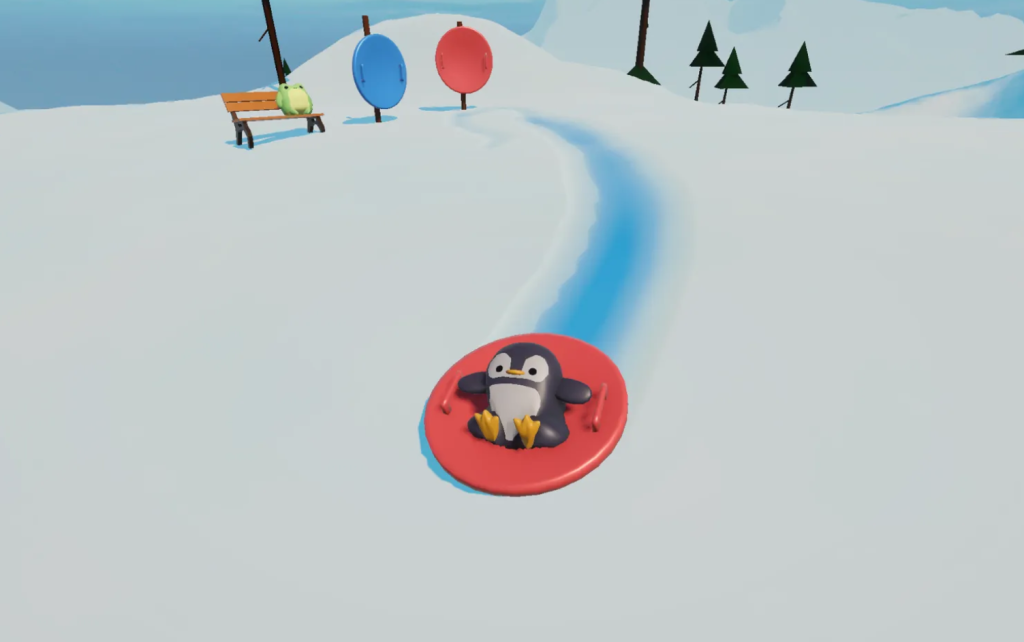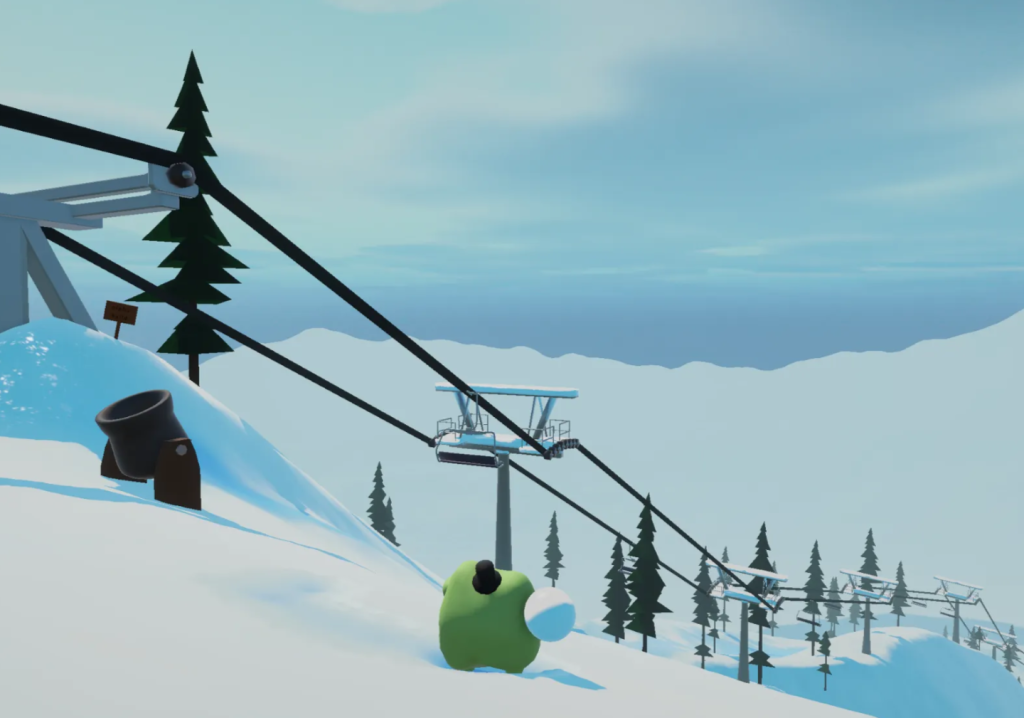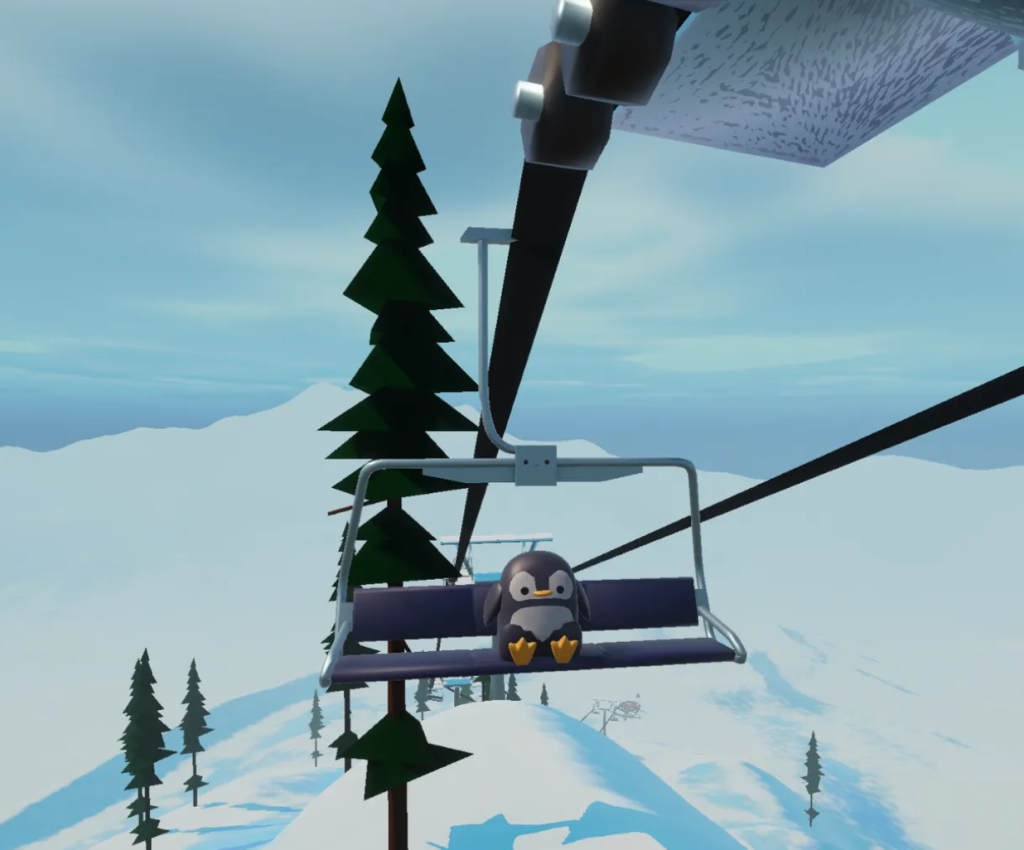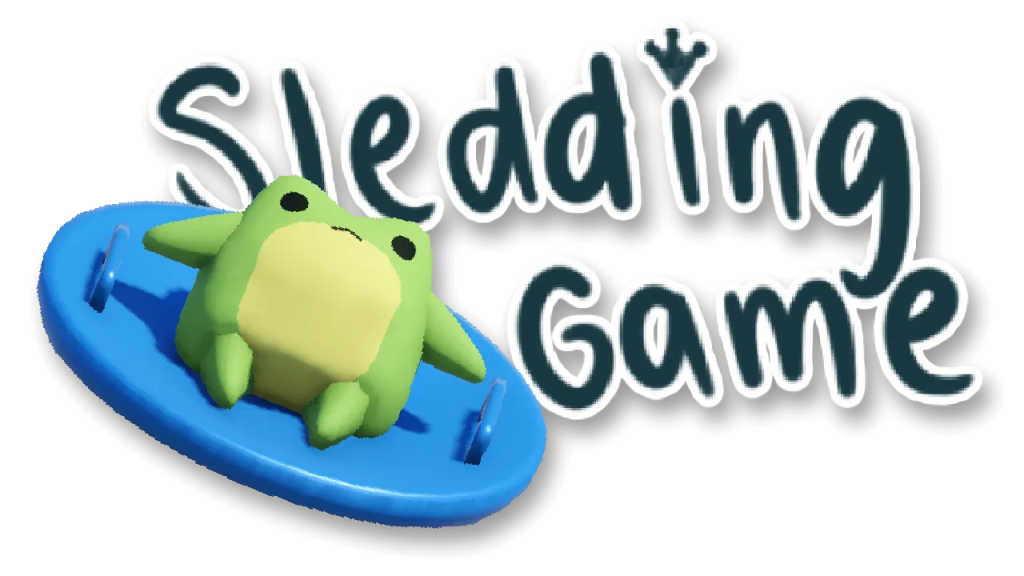The independent gaming landscape has recently witnessed the emergence of a unique multiplayer experience, “Sledding Game,” developed by the solo visionary, Max, operating under the moniker “The Sledding Corporation.” This title has rapidly ascended to viral status, captivating millions across social media platforms like Twitter and Instagram with its blend of unadulterated fun, innovative social features, and a touch of delightful chaos. The recent unveiling of a narrated trailer at the Open Sauce showcase further cemented its appeal, with Max himself elucidating the game’s core tenets: aimless enjoyment, immersive proximity chat, dynamic ragdoll physics, and an overarching sense of lighthearted silliness. The trailer also offered a glimpse into upcoming player customization options, including charming new animal characters such as a panda bear and an arctic fox, signaling a continuous evolution of the game’s aesthetic.
This burgeoning success story is a testament to the power of authentic game development and community engagement. What began as a personal side project for Max has organically transformed into a widely anticipated release, propelled by his transparent and engaging documentation of the development process across various online channels. The game’s early traction, evidenced by its significant viewership, underscores a strong resonance with players seeking a refreshing and accessible multiplayer experience.
Core Gameplay Dynamics and Interactive Features
“Sledding Game” is fundamentally designed as a multiplayer snowsports hangout experience, emphasizing social interaction and emergent gameplay. At its heart, players engage in the simple yet endlessly entertaining act of sledding down snowy slopes. This core mechanic is elevated by the inclusion of realistic ragdoll physics, which transforms what might otherwise be mundane crashes into humorously exaggerated tumbles, contributing significantly to the game’s comedic appeal. The visual fidelity of these physics-driven incidents is intentionally designed to be “terrible really really good,” ensuring that every wipeout is a source of amusement rather than frustration.
Beyond the primary sledding activity, the game boasts a rich array of interactive elements and mini-games designed to foster player engagement and provide diverse entertainment. Players can participate in competitive races on the slopes, aiming for the fastest descent, or focus on accumulating points by executing “gnarly tricks” and constructing custom ramps for audacious aerial maneuvers. For those seeking a more relaxed pace, “Sledding Game” offers a variety of “hang out spots” and casual activities such as snowball fights, darts, curling, and even the cozy experience of roasting s’mores and enjoying hot chocolate in a virtual cabin. This multifaceted approach ensures that players have ample opportunities to break up the sledding action with engaging side quests and social interactions.

Technical Architecture and Lobby Management
The multiplayer infrastructure of “Sledding Game” is built on a peer-to-peer connection model, facilitating direct interaction between players within a shared virtual space. This architecture allows for seamless communication and synchronized gameplay, crucial for the game’s emphasis on real-time social dynamics. A cornerstone of this social interaction is the integrated proximity voice chat, enabling players to communicate naturally with others based on their in-game spatial relationship. This feature enhances immersion and fosters spontaneous conversations, whether players are collaborating on tricks or simply “expressing their feelings by repeatedly crashing into each other.”

Lobby management in “Sledding Game” offers flexibility, accommodating both private and public sessions. Players can create private lobbies to connect with existing friends, ensuring a more controlled and intimate gaming environment. Alternatively, public lobbies are available for those looking to meet new people and expand their social circle within the game. A notable technical ambition for “Sledding Game” is the potential for up to 50 players per lobby. While this figure is currently a speculative target pending further testing and optimization to prevent overcrowding, it highlights the developer’s aim to create a dynamic and potentially chaotic multiplayer experience. The game also incorporates a unique boundary enforcement mechanism: if a player ventures too far off the designated map, a yeti character will humorously appear and “kick” them back into the playable area, serving as an entertaining and distinct technical solution to prevent players from getting lost or exploiting map boundaries.
Developer’s Journey and Community Cultivation
“The Sledding Corporation” is the sole endeavor of Max, a United States-based solo developer embarking on his inaugural video game project. The genesis of “Sledding Game” is rooted in a passion project that, through a combination of dedicated effort and strategic online presence, has “snowballed” into a significant undertaking. Max has meticulously documented his development journey across popular social media platforms including YouTube, TikTok, and Instagram, garnering millions of views and fostering a dedicated following. This transparent approach to game development has not only served as an effective marketing strategy but has also cultivated a strong, engaged community around the game.
The community aspect is a core feature of “Sledding Game,” with the developer actively encouraging player interaction and feedback. The game’s design, with its emphasis on public and private lobbies, aims to facilitate a “fun and friendly community” where players can easily connect, whether by sitting on a virtual bench with a “homie” or racing down a hill with a group. This direct engagement with the player base, coupled with Max’s ongoing devlogs (such as the “June Update | SKATEPARK!!!” and “May Update | Everybody Loves the Yeti” entries), demonstrates a commitment to iterative development and responsiveness to community input, ensuring the game evolves in tandem with player desires.

System Requirements and Anticipated Release
For players eager to experience “Sledding Game,” the minimum system requirements are designed to be accessible, ensuring a broad potential player base. The game will run on Windows 10 or later operating systems, requiring a 2 GHz processor, 8 GB of RAM, and a graphics card equivalent to or better than a GTX 580. A modest 4 GB of available storage space is also necessary. These specifications indicate that “Sledding Game” is optimized for a wide range of PC configurations, reflecting the developer’s intent for broad accessibility.
While “Sledding Game” has generated considerable buzz and anticipation, its official release date remains “To be announced.” Currently, the game is listed on Steam, where interested players can add it to their wishlist to receive notifications upon its availability. The game is categorized under Adventure, Casual, and Indie genres, aligning with its relaxed and social gameplay loop. Early critical reception, though limited to snippets, has been positive, with VICE praising it as “the most adorable little game to exist” and Rock Paper Shotgun appreciating the inclusion of ragdoll physics, underscoring the game’s unique charm and appeal.

Conclusion
“Sledding Game,” a passion project turned viral sensation by solo developer Max, stands as a testament to the power of community-driven development and innovative gameplay. Its blend of engaging multiplayer sledding, dynamic proximity chat, humorous ragdoll physics, and a diverse array of mini-games creates a unique social hangout experience. With its accessible system requirements, ambitious lobby capacities, and a developer deeply connected to his growing community, “Sledding Game” is poised to offer a refreshing and endlessly entertaining escape into a snowy, chaotic, and friendly virtual world. As its release date approaches, the anticipation continues to build for this charming and technically intriguing indie title.
